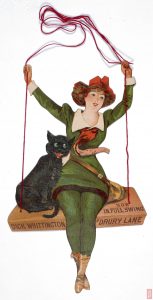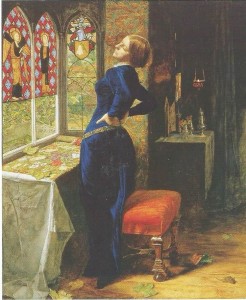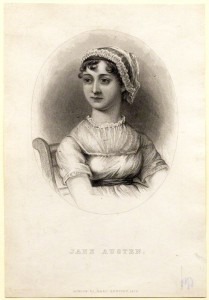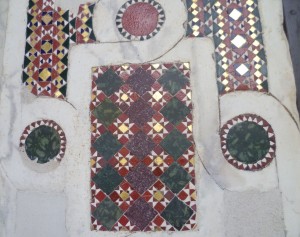In the 19th century, screens were very popular and many well-to-do day homes had one. They comprised three wooden frames hinged together, with hessian stretched across each frame and painted to create a base for illustrations. The owners would decorate the screen themselves. They could buy a whole range of painted decorations – often flowers, birds or animals – and customize the screen to suit their own tastes. Looking at the oval photographs of Princess Beatrice (Queen Victoria’s youngest child) and Prince Henry of Battenburg which probably celebrates their wedding in 1886, I’m guessing that my screen dates from the late 1880s, and I suspect that the original owner was female, romantic and about thirteen. I’ve named her Muriel after my great-grandmother.
One of the pictures is interestingly misleading.

Three boys pulling girl in sleigh on the ice
Continue reading The Secret Life of a Victorian Screen
Please share this page...





